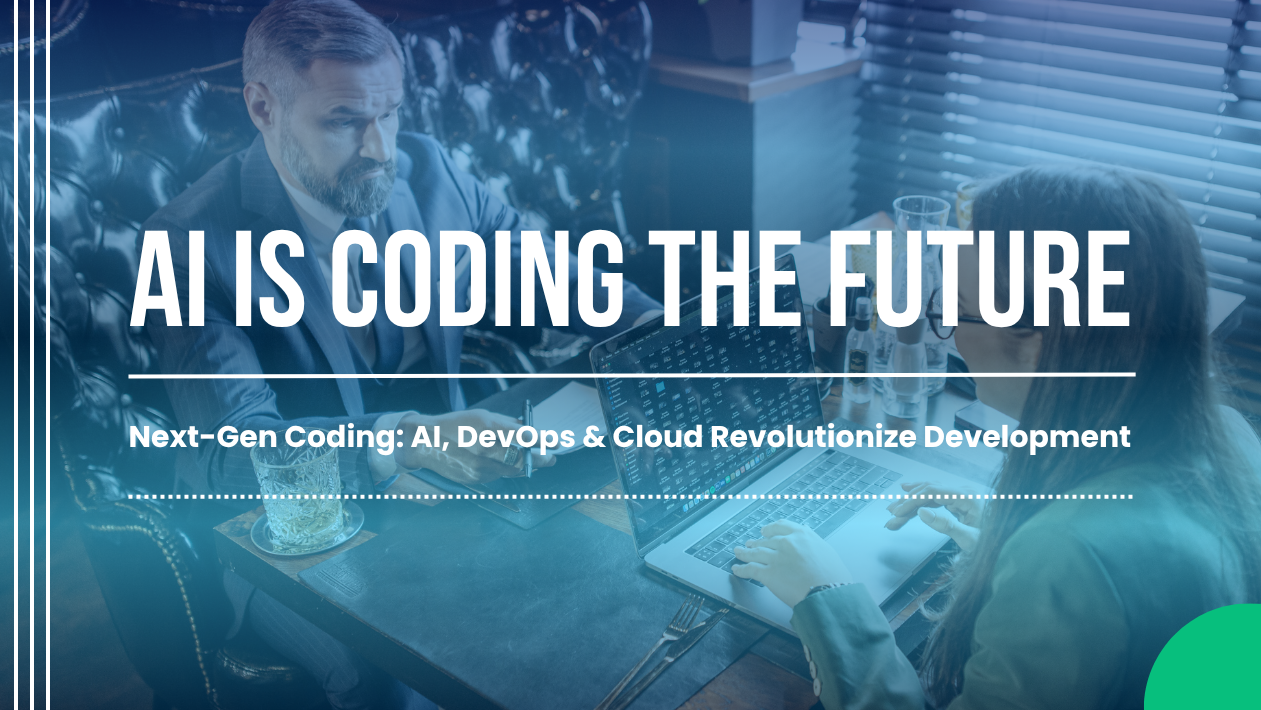Edge computing is transforming the way data is processed and analyzed by bringing computation and data storage closer to the location where it is needed, rather than relying solely on centralized data-processing locations. This approach reduces latency and bandwidth use, enabling real-time data processing.
Key Benefits of Edge Computing
- Reduced Latency: By processing data closer to the source, edge computing minimizes the time it takes to transmit data to and from central servers, resulting in faster response times.
- Bandwidth Efficiency: Local data processing reduces the amount of data that needs to be sent over networks, optimizing bandwidth usage.
- Enhanced Reliability: Edge computing can continue to operate even if connectivity to central servers is lost, ensuring continuous service.
Applications of Edge Computing
Edge computing is particularly beneficial in scenarios where real-time data processing is crucial:
- Internet of Things (IoT): Devices such as smart sensors and cameras generate vast amounts of data that can be processed locally to enable immediate decision-making.
- Autonomous Vehicles: Self-driving cars require real-time data processing to make split-second decisions; edge computing facilitates this by processing data locally.
- Industrial Automation: Manufacturing facilities use edge computing to monitor equipment and processes in real-time, enhancing efficiency and safety.
Challenges in Edge Computing
Despite its advantages, edge computing presents several challenges:
- Security Concerns: Decentralized data processing can increase the attack surface, making security more complex.
- Management Complexity: Managing a large number of edge devices can be challenging, requiring robust monitoring and maintenance strategies.
- Data Consistency: Ensuring consistent data across distributed edge devices can be difficult, especially in dynamic environments.
Future Trends The integration of edge computing with other technologies, such as artificial intelligence and machine learning, is expected to drive innovation in various industries. As 5G networks become more widespread, the capabilities of edge computing are anticipated to expand, enabling more sophisticated applications.





